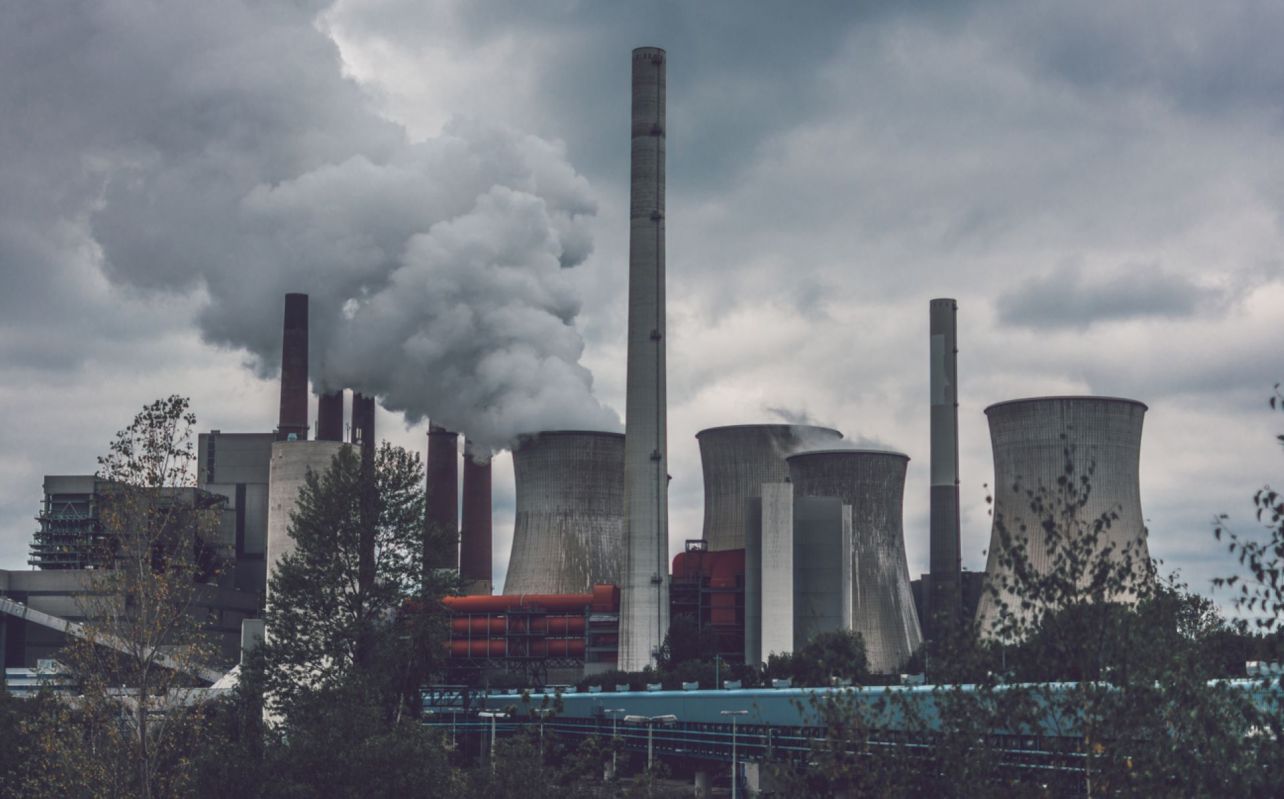Last January, the Indiana Utility Regulatory Commission approved AES Indiana's plan to build a standalone battery energy storage system, abbreviated as "BESS," in Pike County.
The Pike County Battery Energy Storage Project will take place at AES Indiana's Petersburg Generating Station and eventually replace the state utility company's last coal-based power plant.
"For the past decade, AES Indiana has been on a journey to move to cleaner, more efficient, and cost-effective energy solutions," Ken Zagzebski, president and CEO of AES Indiana, said in a news release. "In 2022, we filed our boldest sustainability plan to date with the IURC, and this announcement demonstrates our progress toward the commitment to a balanced and responsible energy transition."
The grid-connected BESS will supply 200 megawatts of installed capacity and 800 megawatt-hours of dispatchable energy and is expected to be up and running by December 2024.
According to Carbon Collective, a BESS device can harness energy from renewable sources like wind and solar and discharge energy in the form of electricity for immediate or future distribution. BESS is particularly helpful during extreme weather events or outages since it can provide backup power.
It also helps reduce the state's reliance on coal to produce electricity, which the EPA says releases more carbon dioxide than natural gas or oil.
The project serves as a milestone in AES Indiana's sustainability commitment to transition away from dirty energy sources and add 1,300 megawatts of wind, solar, and battery energy storage by 2029. According to the news release, "AES Indiana's total renewable and energy storage capacity is expected to grow from 400 MW currently in operation to 2,200 MW by 2027."
"Using advanced technologies like energy storage with our current systems increases reliability for our customers," Zagzebski added. "As AES Indiana accelerates a cleaner energy future, energy storage helps grid operators efficiently balance the supply and demand of electricity quickly and accurately."
Join our free newsletter for cool news and actionable info that makes it easy to help yourself while helping the planet.









